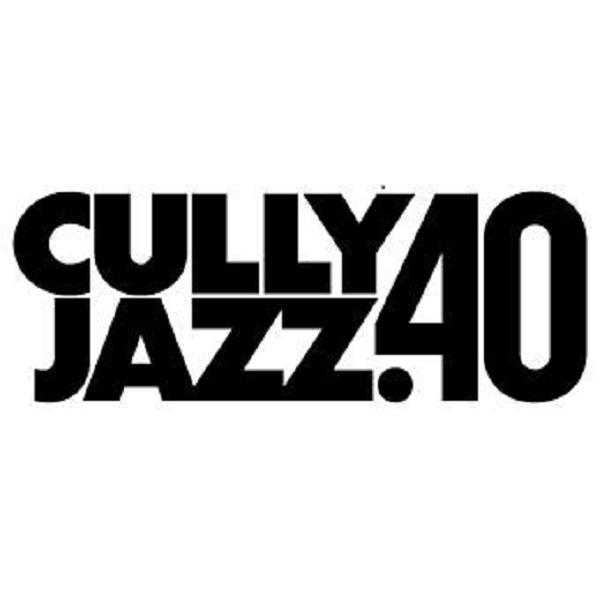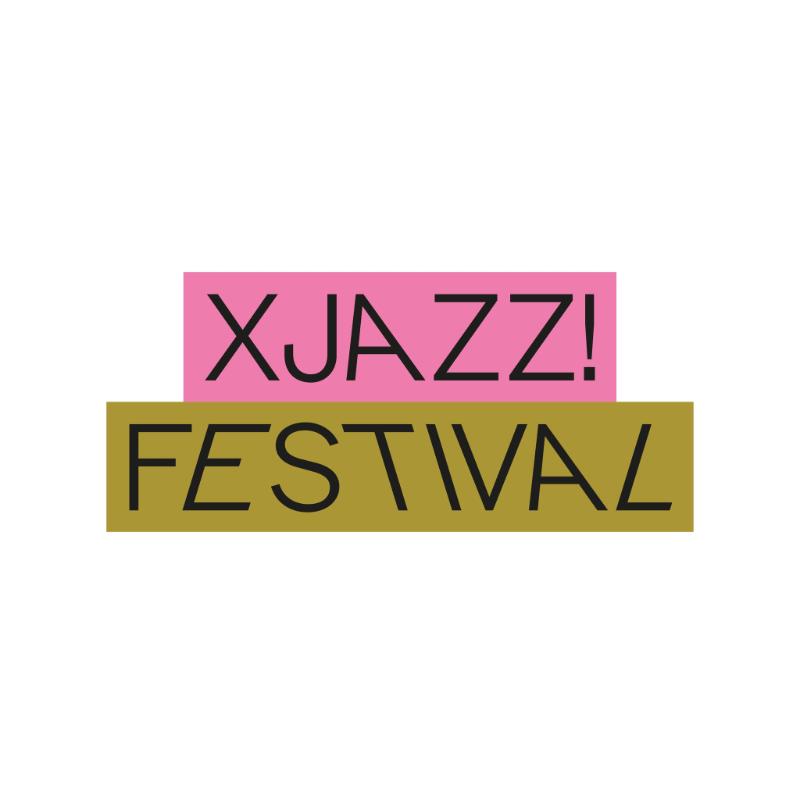
Sara Wijayanto
IDN • Indonesian Pop
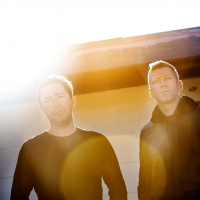
The Cinematic Orchestra
GBR • Downtempo
The Cinematic Orchestra
 GBRElectronicDowntempo
GBRElectronicDowntempo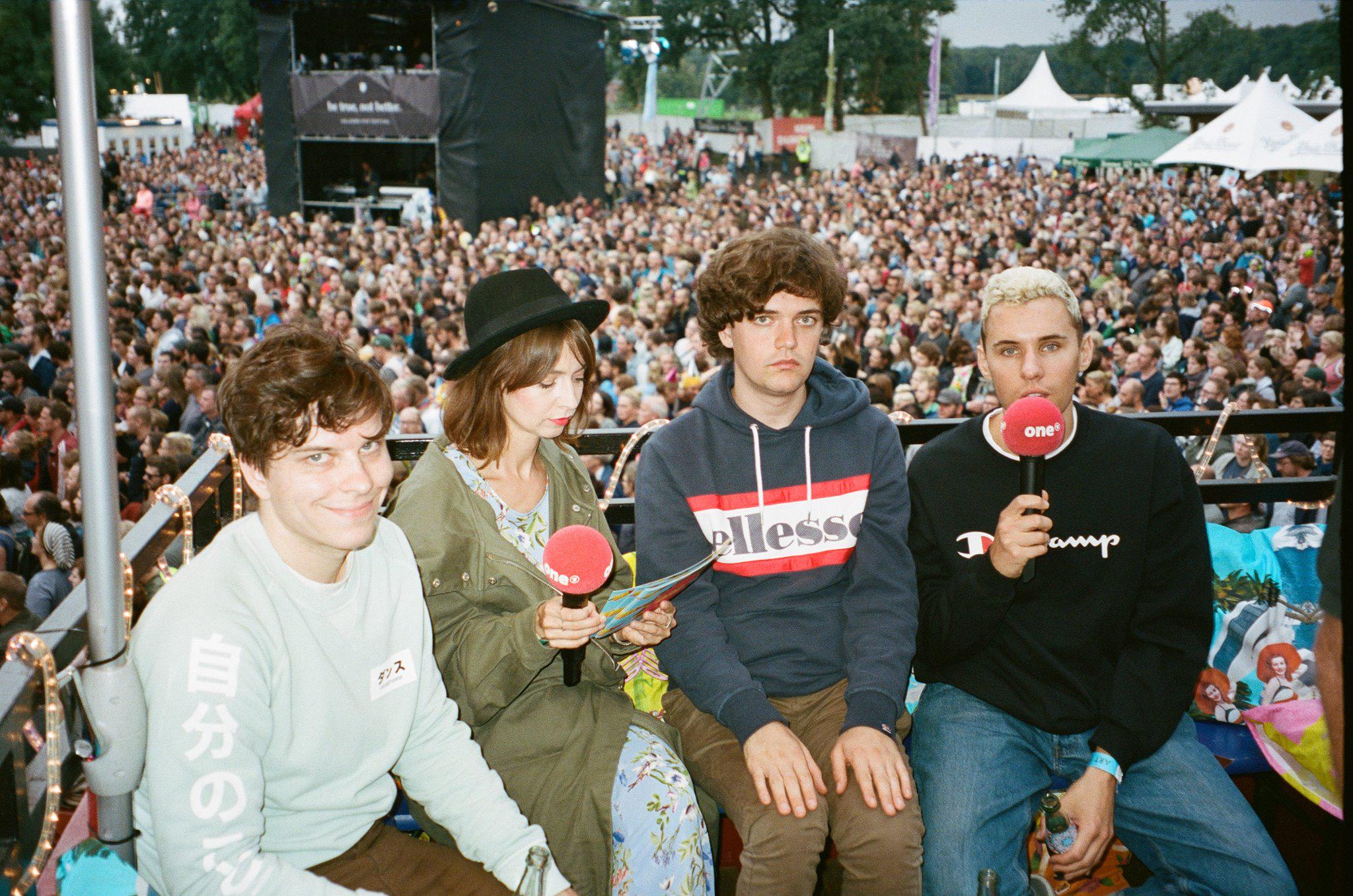
BadBadNotGood
CAN • Jazz Fusion
BadBadNotGood
 CANJazzJazz Fusion
CANJazzJazz Fusion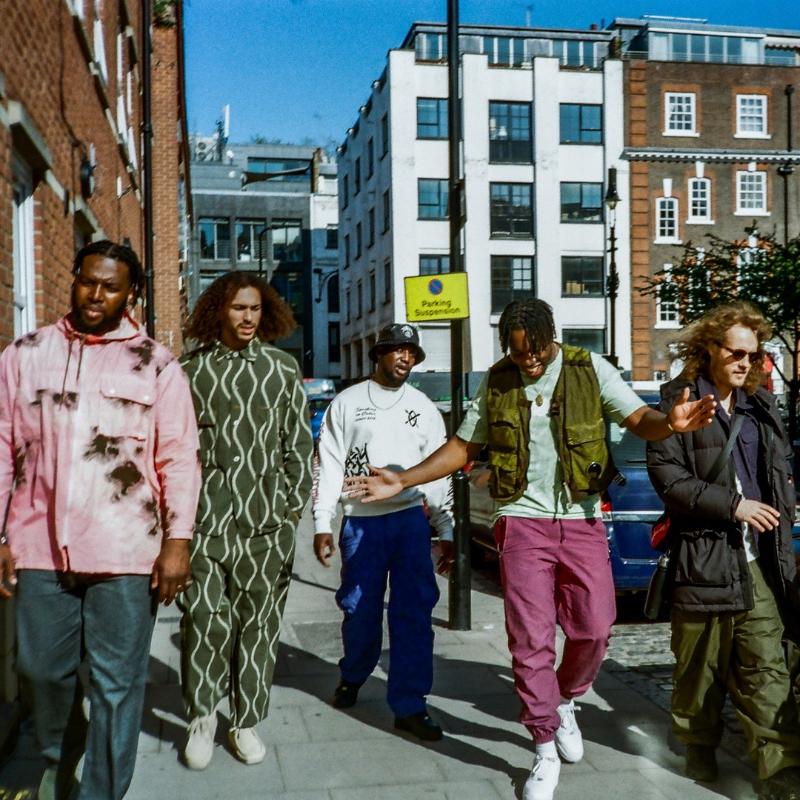
Ezra Collective
GBR • Nu Jazz
Ezra Collective
 GBRJazzNu Jazz
GBRJazzNu Jazz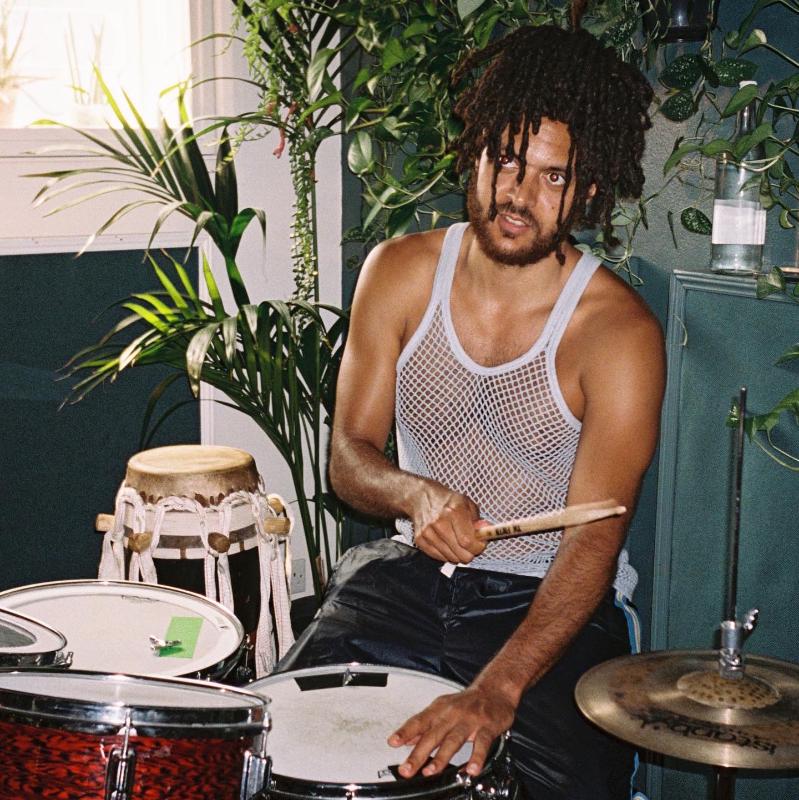
Yussef Dayes
GBR • Jazz Fusion
Yussef Dayes
 GBRJazzJazz Fusion
GBRJazzJazz Fusion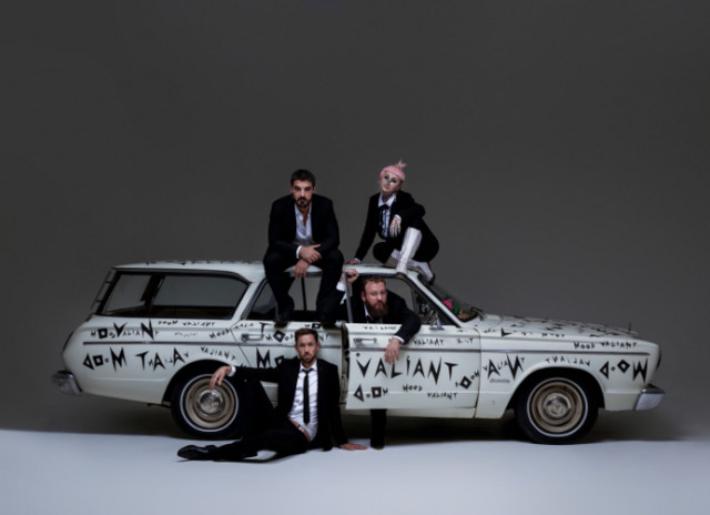
Hiatus Kaiyote
AUS • Neo Soul
Hiatus Kaiyote
 AUSR&BNeo Soul
AUSR&BNeo Soul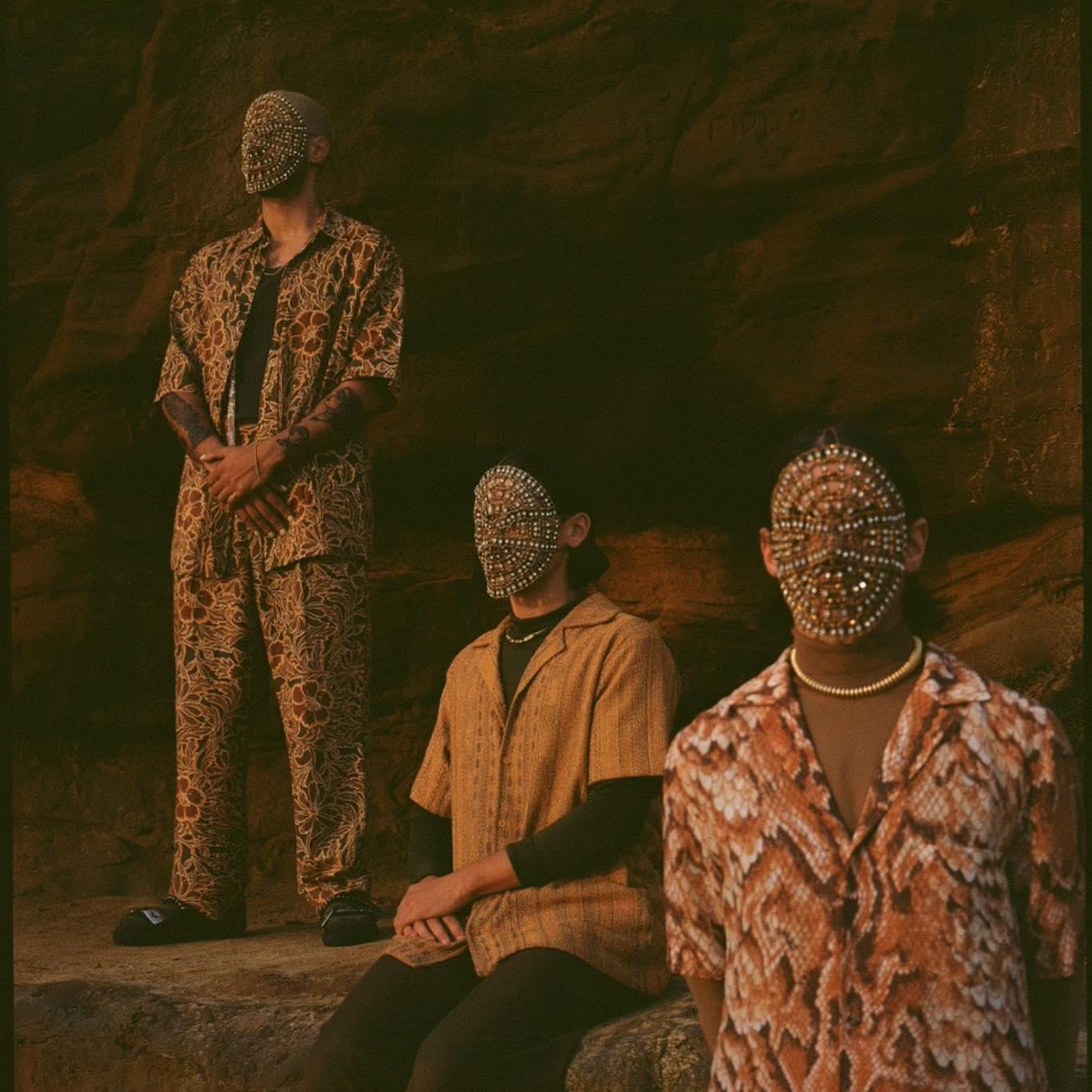
Glass Beams
AUS • Nu Jazz
Glass Beams
 AUSJazzNu Jazz
AUSJazzNu Jazz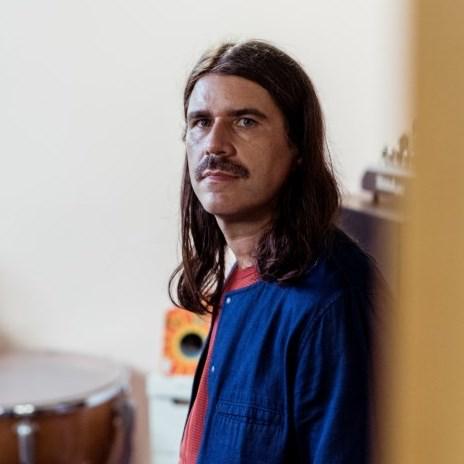
Quantic
USA • Other Electronic Music
Quantic
 USAElectronicOther Electronic Music
USAElectronicOther Electronic Music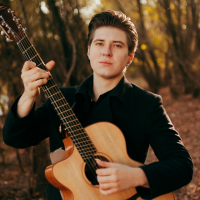
Alexandr Misko
RUS • Nu Jazz
Alexandr Misko
 RUSJazzNu Jazz
RUSJazzNu Jazz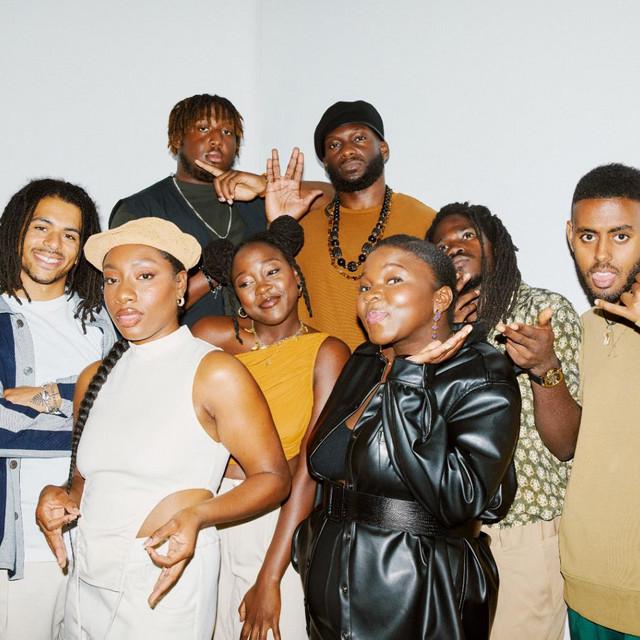
Kokoroko
GBR • Jazz Fusion
Kokoroko
 GBRJazzJazz Fusion
GBRJazzJazz Fusion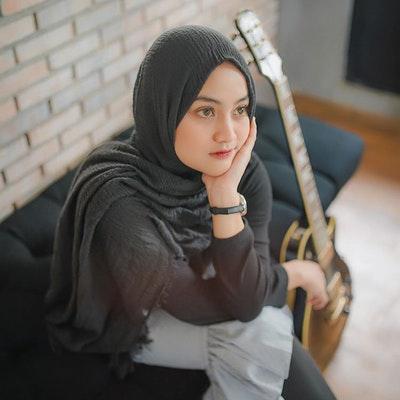
Eltasya Natasha
IDN • Indie Pop
Eltasya Natasha
 IDNPopIndie Pop
IDNPopIndie Pop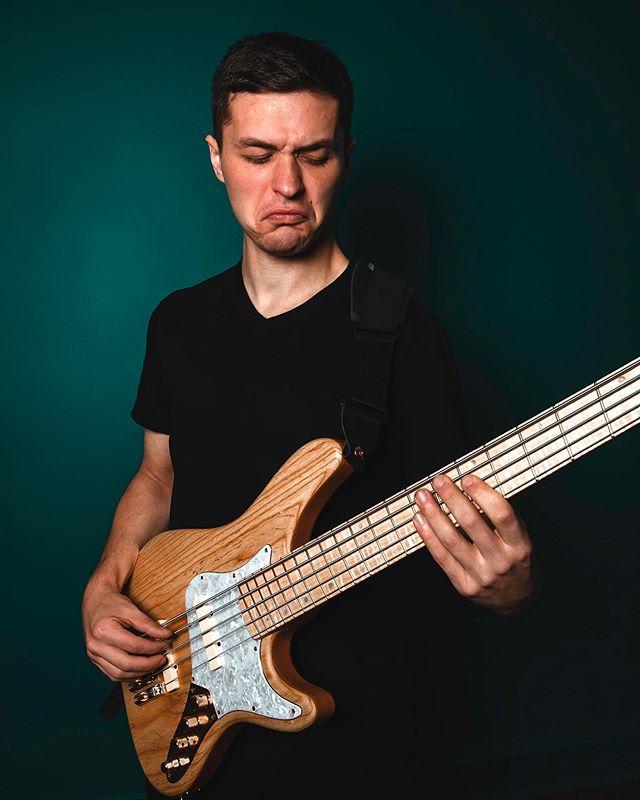
Adam Neely
USA • Nu Jazz
Adam Neely
 USAJazzNu Jazz
USAJazzNu Jazz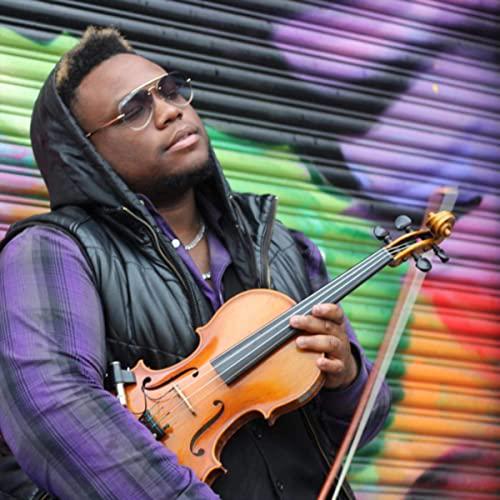
Dominique Hammons
USA • Nu Jazz
Dominique Hammons
 USAJazzNu Jazz
USAJazzNu Jazz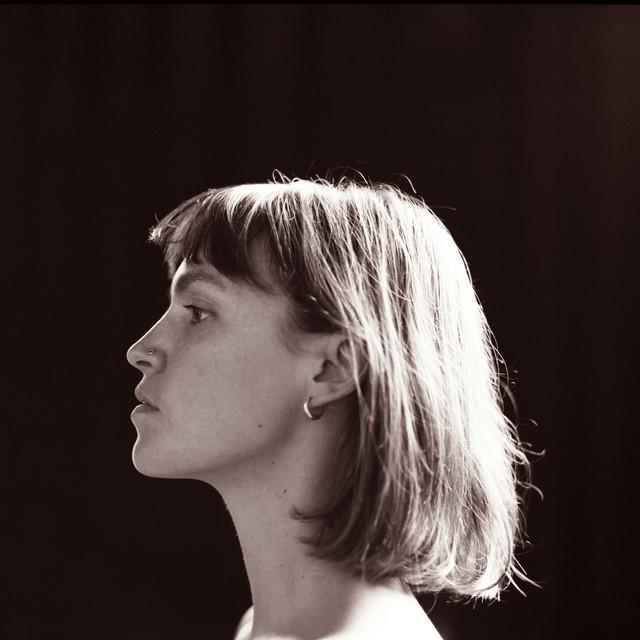
Olive Jones
GBR • Contemporary R&B
Olive Jones
 GBRR&BContemporary R&B
GBRR&BContemporary R&B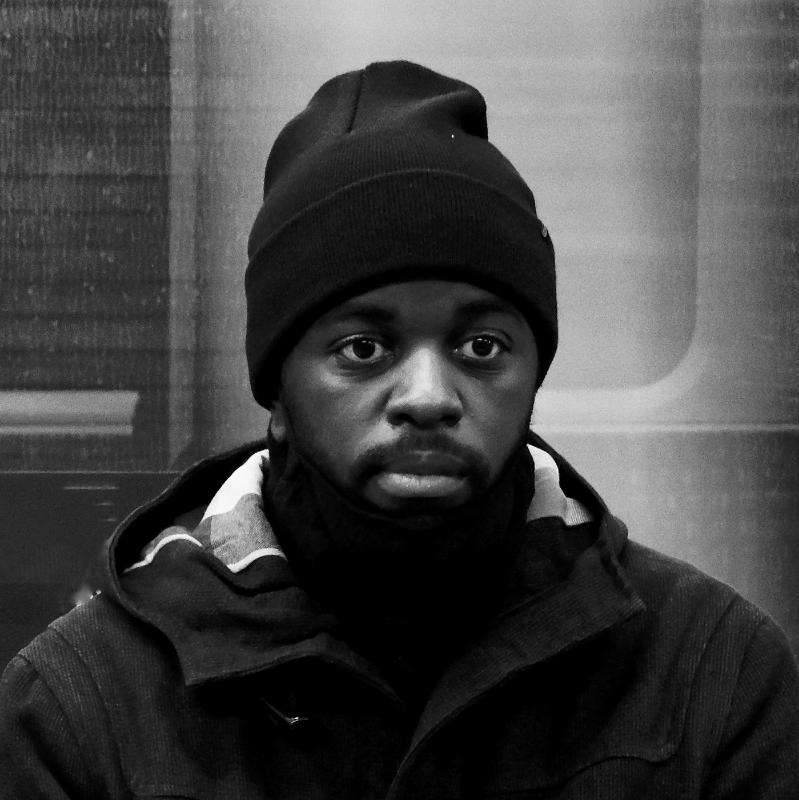
Alfa Mist
GBR • Jazz Fusion
Alfa Mist
 GBRJazzJazz Fusion
GBRJazzJazz Fusion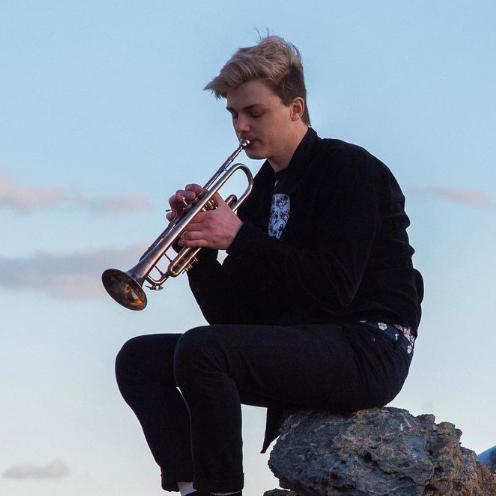
potsu
USA • Nu Jazz
potsu
 USAJazzNu Jazz
USAJazzNu Jazz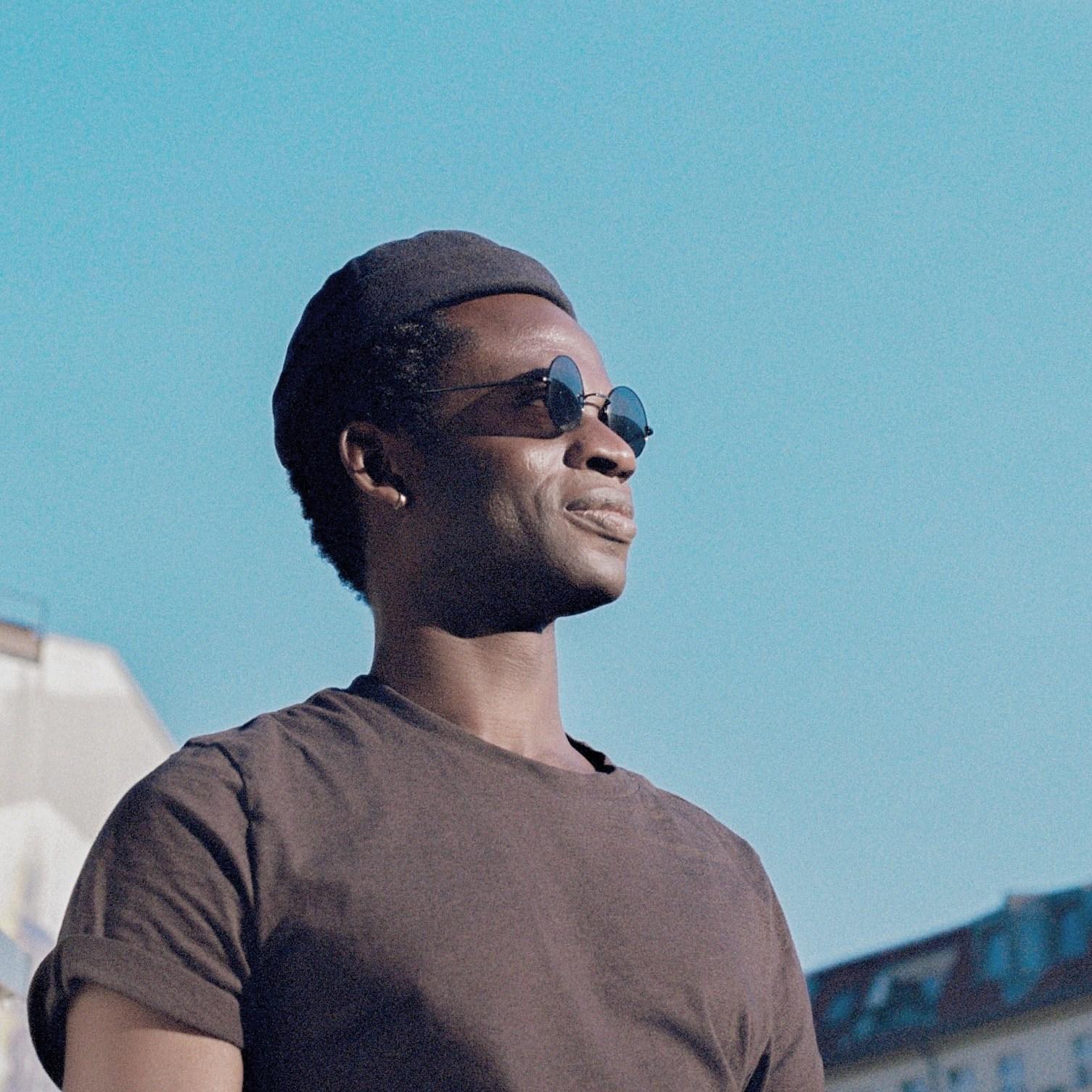
WAYNE SNOW
DEU • Contemporary R&B
WAYNE SNOW
 DEUR&BContemporary R&B
DEUR&BContemporary R&B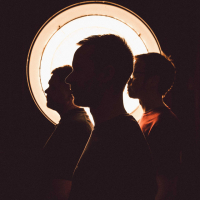
GoGo Penguin
GBR • Nu Jazz
GoGo Penguin
 GBRJazzNu Jazz
GBRJazzNu Jazz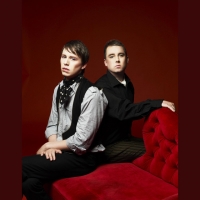
Koop
SWE • Nu Jazz
Koop
 SWEJazzNu Jazz
SWEJazzNu Jazz
Paul Hardcastle
GBR • Nu Jazz
Paul Hardcastle
 GBRJazzNu Jazz
GBRJazzNu Jazz Viberate
Viberate
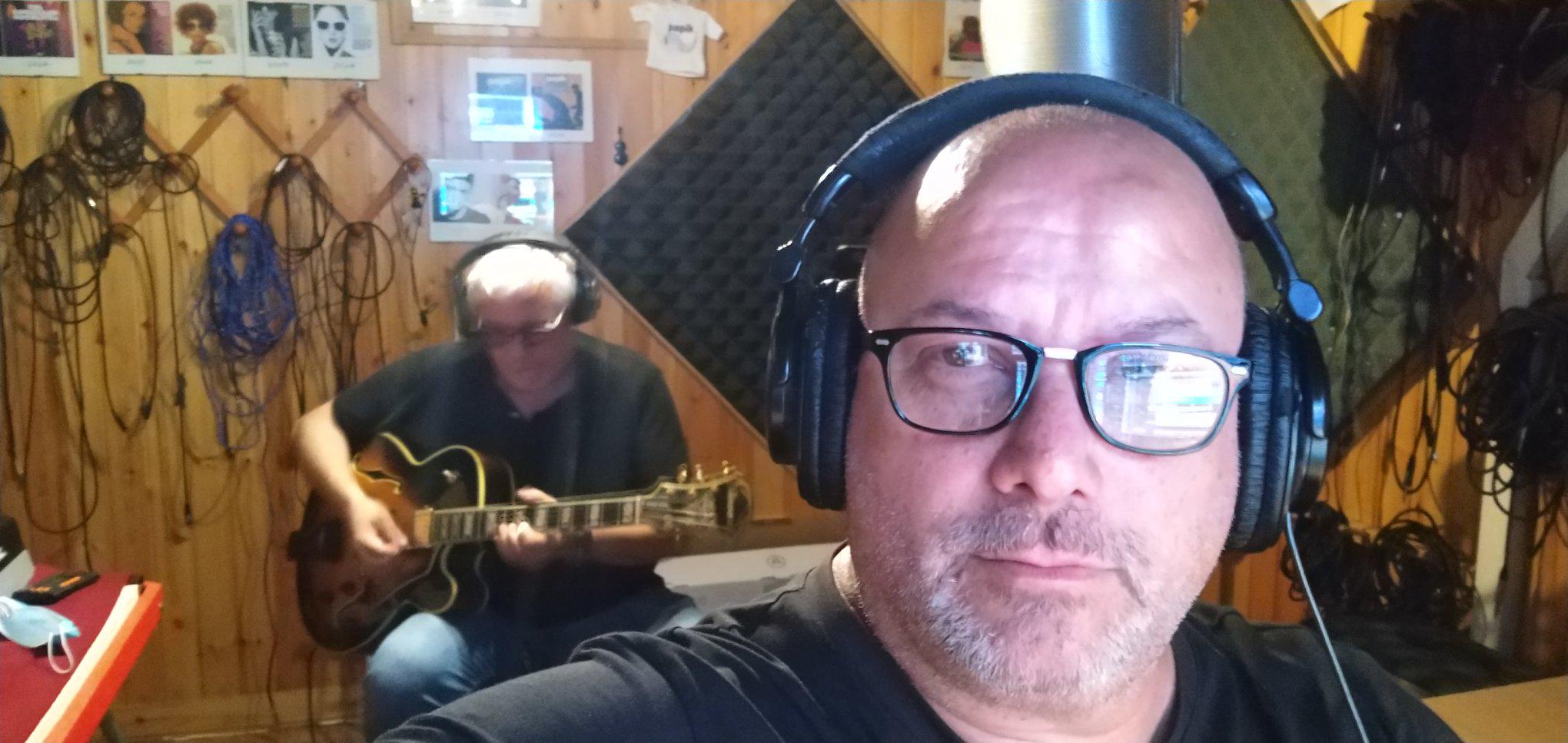
 ITA
ITA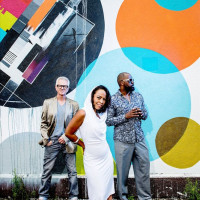
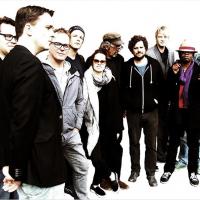
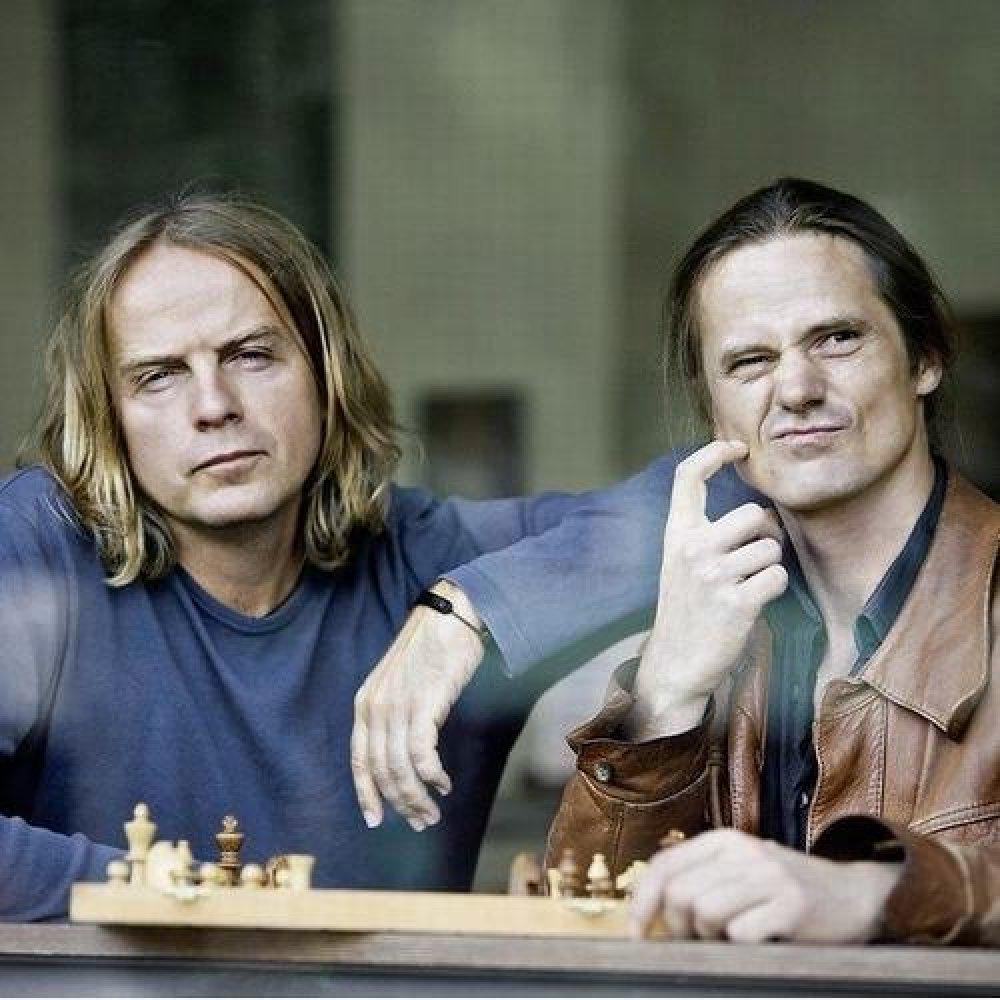





![[oops]](https://i.scdn.co/image/ab67616d0000b273cae916bc23d25d4803c9ecac)












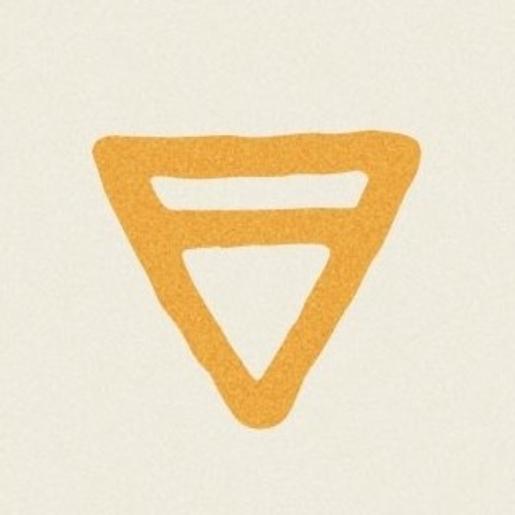
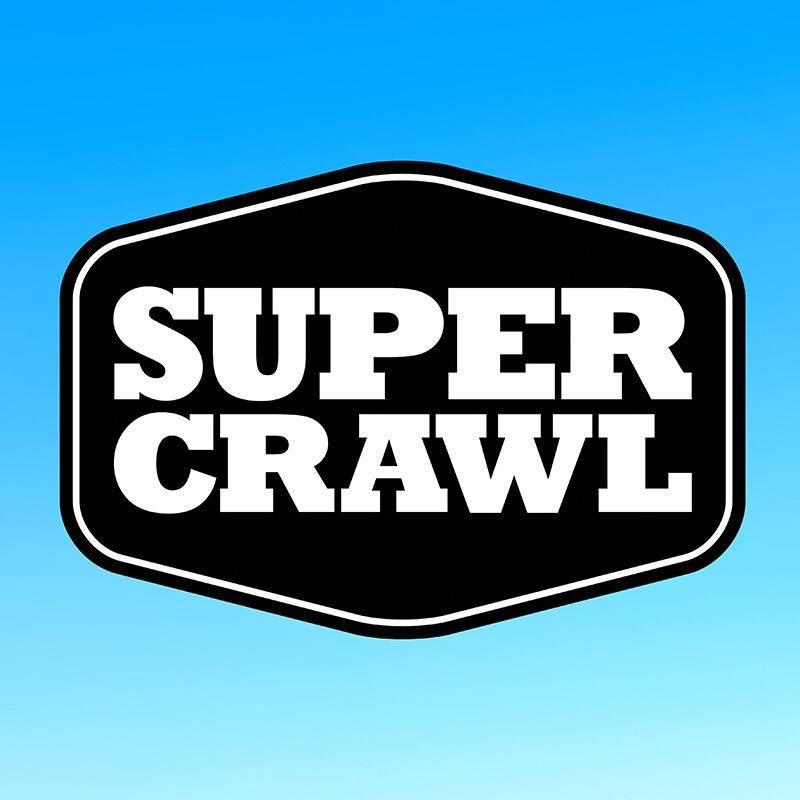
 CHE
CHE